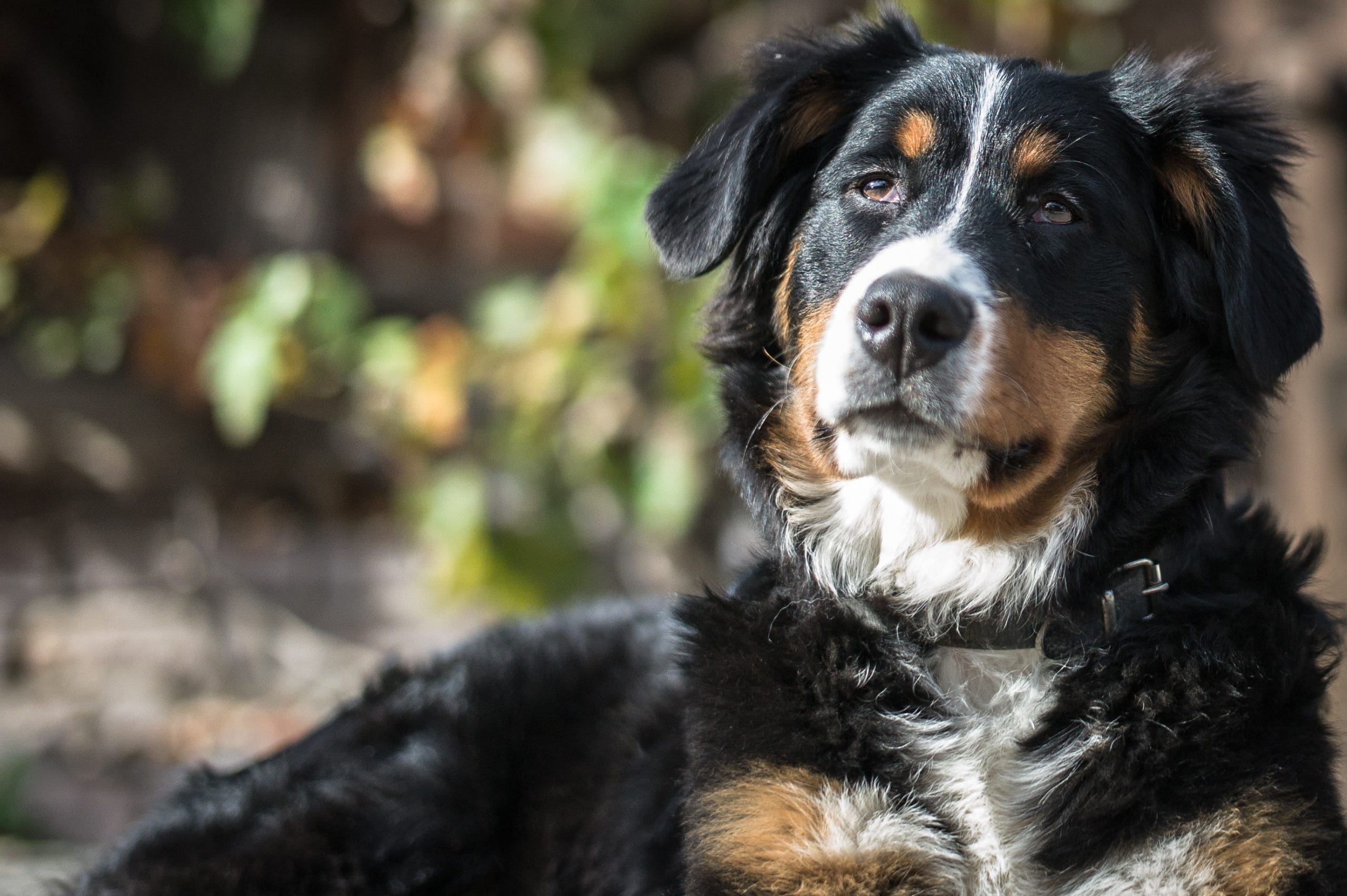Noticing your dog isn’t drinking water can be concerning. Hydration is essential for a dog’s health, and changes in their drinking habits can signal underlying issues. It’s important to explore the reasons for this behavior to ensure your dog remains healthy and content.
The Importance of Hydration
Dogs, like humans, require water to function properly. Water aids in regulating temperature, digestion, and joint health. A refusal to drink can lead to dehydration, which poses serious health risks. Identifying the causes of your dog’s reluctance is crucial for addressing the issue.
Environmental Changes
A change in your dog’s environment can impact their drinking habits. Dogs are sensitive to their surroundings, and moving to a new home or experiencing changes within the household can cause stress or anxiety. If your dog feels unsettled, they may hesitate to drink.
Water Quality and Preferences
Dogs can be particular about their water. A change in the source—such as switching from tap to bottled water—might alter the taste, making it less appealing. Additionally, if the water temperature is too warm or too cold, they may avoid it. Always provide fresh, clean water and monitor its temperature to ensure it remains comfortable.
Dental Health Issues
Dental problems can significantly affect a dog’s willingness to drink. Pain from conditions like gum disease or toothaches may lead them to associate drinking with discomfort. Signs of dental issues include bad breath, difficulty chewing, or excessive drooling. If you suspect dental problems, a visit to the veterinarian is essential.
Underlying Health Problems
Various health conditions, such as kidney disease or diabetes, can change a dog’s thirst levels. If your dog seems lethargic, has a decreased appetite, or exhibits other signs of illness, veterinary consultation is vital. Tests can help identify any underlying health issues.
Weather and Temperature Influence
Weather can also affect your dog’s drinking habits. On hot days, dogs are more inclined to drink, while cooler weather may reduce their thirst. If your dog drinks less in colder months, it may not be alarming, but it’s still essential to encourage hydration.
Age-Related Changes
Older dogs have different hydration needs compared to younger ones. As their metabolism slows, they may not require as much water. However, ensure they have access to water and encourage them to drink, as older dogs can be more prone to dehydration.
Bowl Preferences
Some dogs may prefer specific types of bowls. If you’ve recently changed your dog’s water bowl, they might be reluctant to drink from it. Experiment with different materials and sizes to find what your dog prefers.
Negative Associations
A dog may develop a negative association with drinking water if they had an unpleasant experience while doing so. This could include getting startled or bumped while drinking. Creating a calm and positive environment around the water bowl can help alleviate any anxiety.
Dietary Considerations
A dog’s diet can influence their hydration needs. Dogs that eat primarily dry kibble will require more water than those consuming wet food. If you’ve recently changed their diet, it may affect their water intake. Monitoring both food and water consumption can provide insights into their needs.
Observing Behavior
Keep an eye on your dog’s behavior. If they refuse to drink for more than a day or two, or if you notice concerning symptoms, consult a veterinarian. Regular check-ups help ensure your dog remains healthy and catch potential issues early.
Encouraging Water Intake
To encourage your dog to drink, consider adding flavor to their water. Mixing in low-sodium chicken or beef broth can entice them. Offering ice cubes or frozen treats made from broth can also stimulate interest, especially during hot weather.
Outdoor Drinking Opportunities
Some dogs may drink more when outside. If your dog enjoys outdoor activities, bring a portable water bowl. This change of environment can make drinking feel like a fun experience.
Using a Water Fountain
If your dog still isn’t drinking enough, consider a pet water fountain. Many dogs are attracted to running water, and a fountain can encourage them to drink more. The movement and sound of flowing water can make hydration an enjoyable activity.
Individual Preferences
Patience is essential, as each dog has unique preferences. If your dog isn’t drinking but shows no signs of distress, it might be a temporary phase. Ensure they always have access to fresh water.
Ensuring Your Dog’s Well-Being
Monitoring your dog’s hydration is crucial for their health. Consider various factors that may be influencing their drinking behavior. By being proactive and observant, you can help your furry friend stay hydrated. For persistent concerns, consulting a veterinarian is always advisable for your dog’s well-being.

